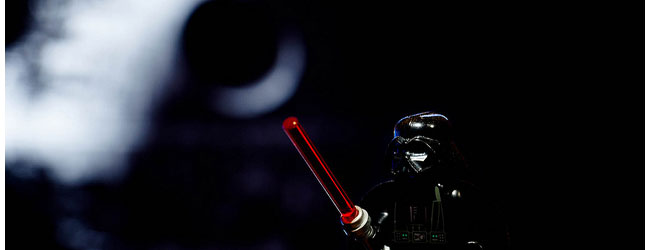In Part 1 of this Guide, we learned about the importance of support, resources and objectives when choosing a fluorescence microscope. We continue this guide by looking at everything from filters to warranties.
You should get these filters…
Quality of the barrier filters and dichroic mirrors are the deciding factor on how well you can separate your fluorophores. Get high quality single band pass filtercubes, for example Semrock BrightLine or Omega Optical QuantaMAX, specified for the fluorophores you are planning to use. You can get a nice four color set by using DAPI, Alexa 488/GFP, Alexa 568/mCherry, Cy5/Alexa 647 filter sets.
…and this light source
Stay away from traditional mercury arc burners- what they save in acquisition cost will be offset by the price of the short-lived lamps and the hassle in exchanging them. Get an LED or metal halide light source. LEDs are better if you plan to switch the lamp on and off often but some LED sources have less power in certain wavelengths when compared to metal halide lamps.
A word (or two) about cameras
You will want to have a black and white camera as the Bayer filter in a color camera decreases detection efficiency in green by 50% and by 75% in blue and red respectively. Color cameras also detect far-red dyes like Cy5 and Alexa 647 very poorly. Multiple companies sell B&W cameras based on the Sony ICX285 chip. These are typically a good price vs. sensitivity and speed compromise. If you need more than 1.3 megapixel images, or a large field of view, look for sCMOS cameras. The camera needs a suitable c-mount adapter in front of it to achieve Nyqvist sampling- specify this in the tender invitation.
Would you like a motor in that?
Microscope motorization is a question of taste. I find it easier to have the software handle microscope ports and filters instead of doing it by hand. It has the added benefit that good software will also write metadata information to your image file about the microscope status. That way you don’t, for example, have to wonder afterward whether your microscopes camera port was in some cases on 50/50% splitter instead of the 100/0% where it was supposed to be. Stage XY motorization can be useful, but may increase the cost by about as much as the rest of the motorization put together. The downsides of extensive motorization are higher price and the fact that there are many more parts which will eventually break down.
When things break
It’s best to insist on a two year warranty and five year software updates straight away. During the first two years, most of the parts that are going to fail will fail and after five years, you most likely won’t be able to get new software for your microscope anyway- at least not from the original microscope vendor. It’s good to remember that there are also 3rd party software manufacturers in case you don’t feel comfortable with the software the microscope comes with. There is even a free solution: Micro-Manager (https://valelab.ucsf.edu/~MM/MMwiki/).
Final top tips
When you write up the tender invitation make clear what grounds you are using for the evaluation and insist on treating all the tenders on equal grounds. Here’s an example of selection criteria I have used for evaluating fluorescence microscope tenders:
Economically and functionally most advantageous tender according to following criteria;
- Accordance with the technical specifications
- High image quality and objective resolution
- Friendliness of the user interface
- Delivery time
- After-sales service and technical support
- Price
- Available options and their price
Are you buying a new fluorescent microscope soon? Did you find these guides useful? Is there anything else you would like us to cover?






